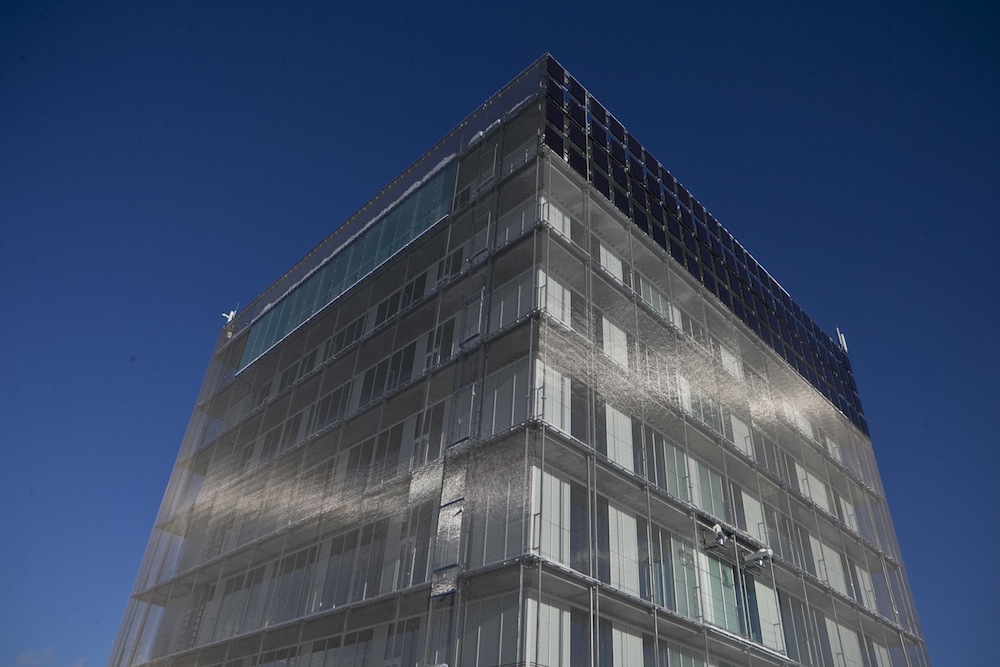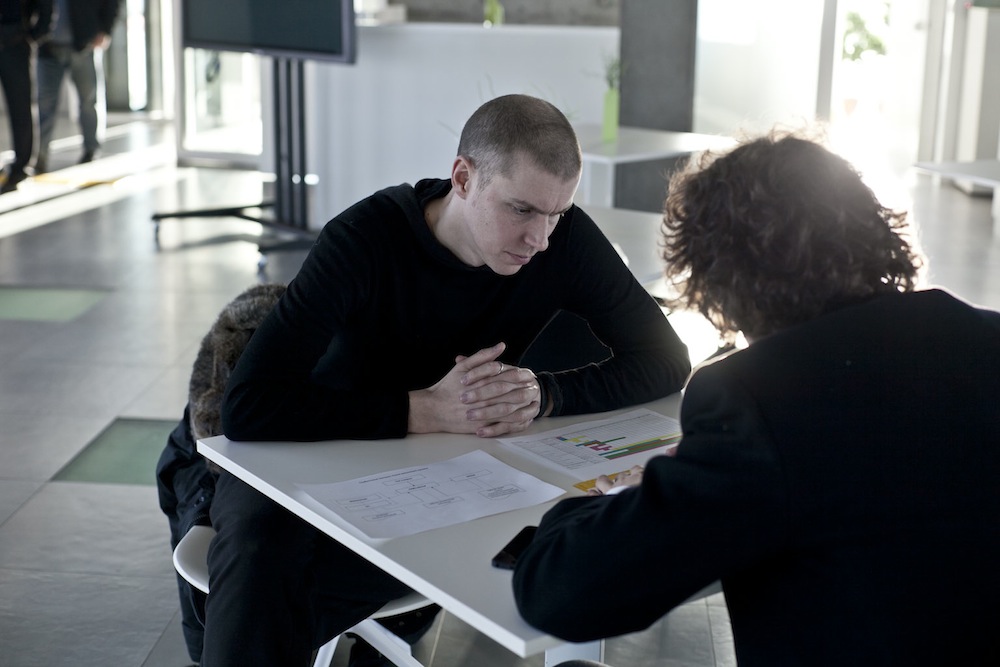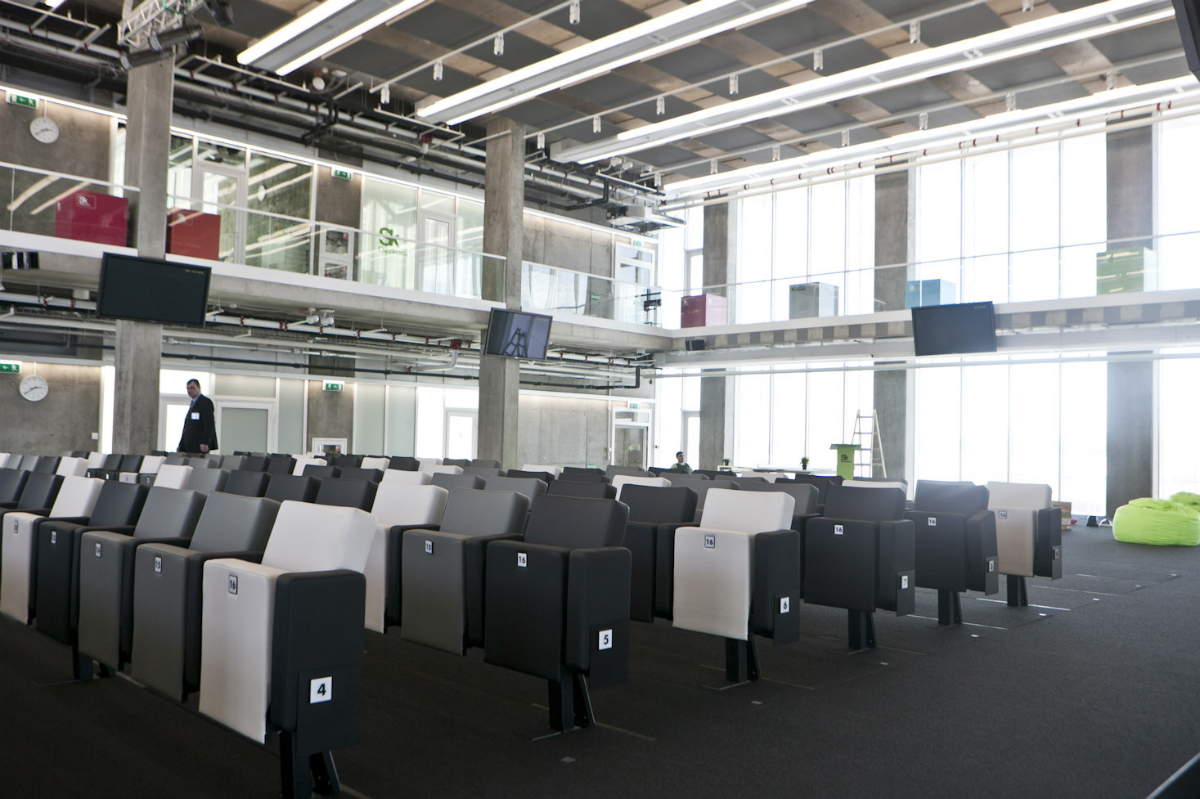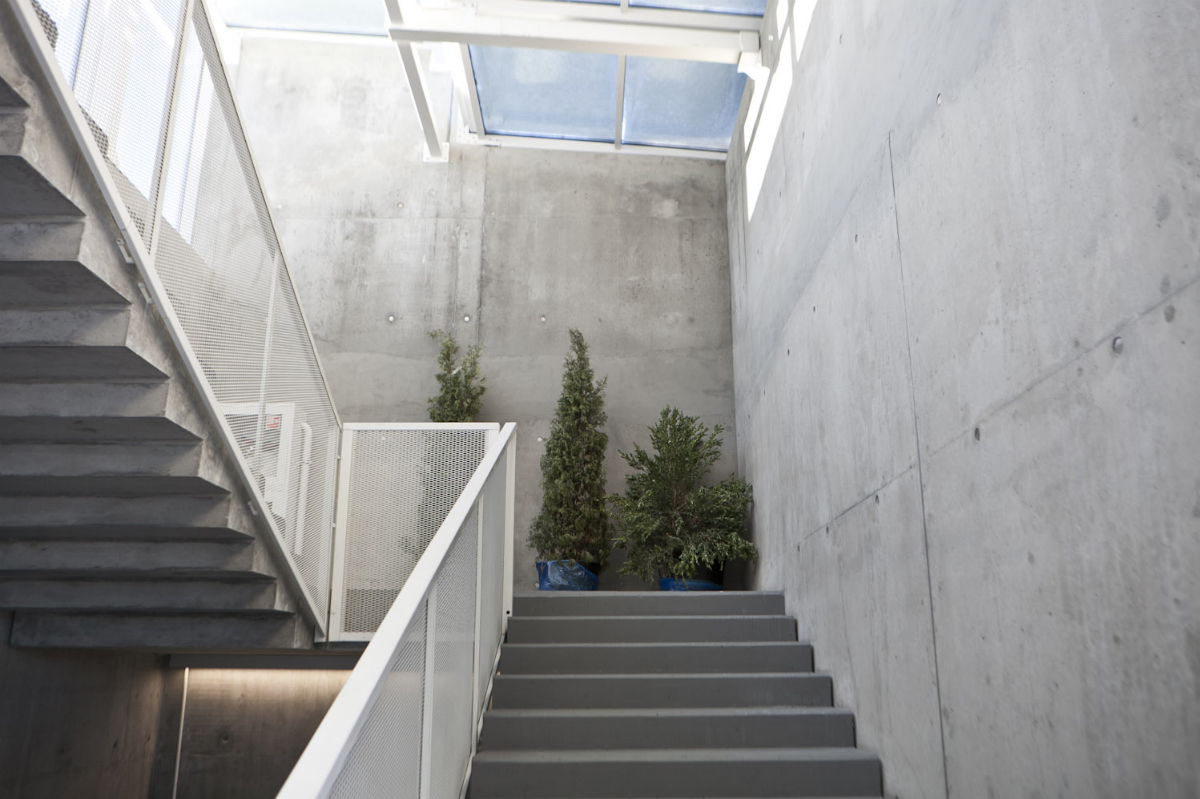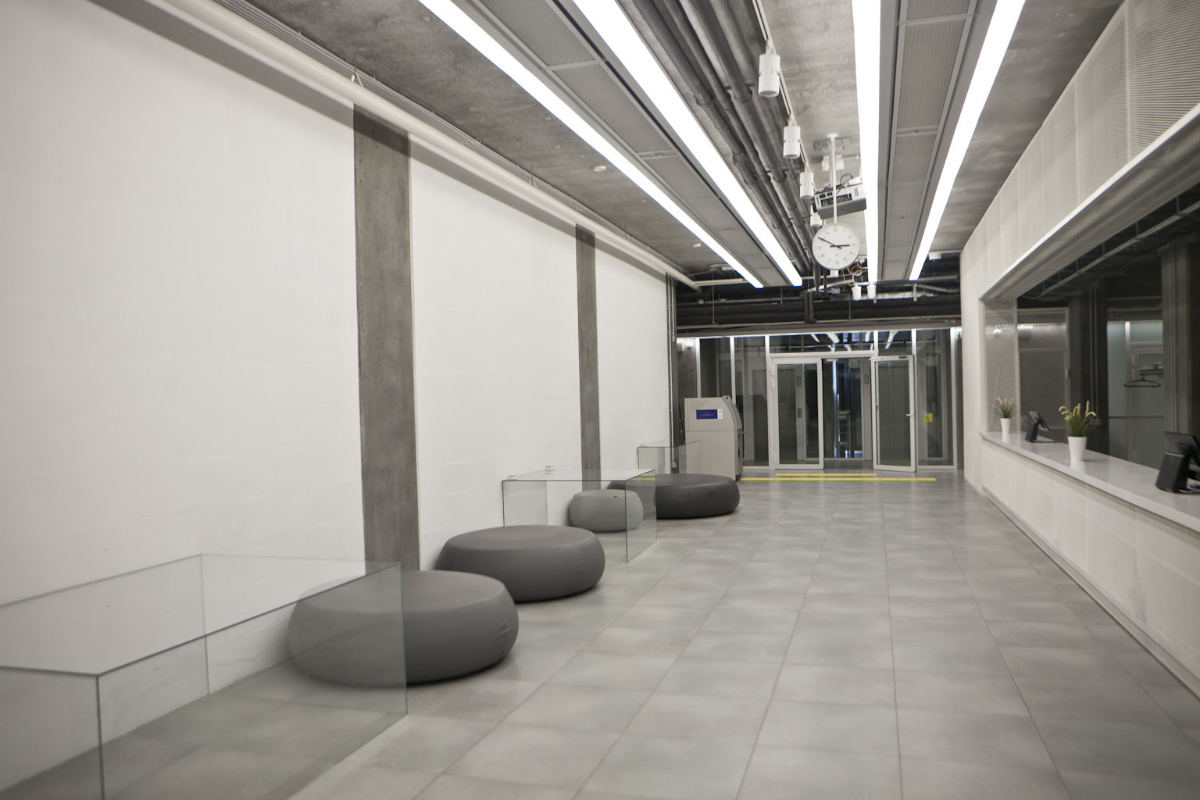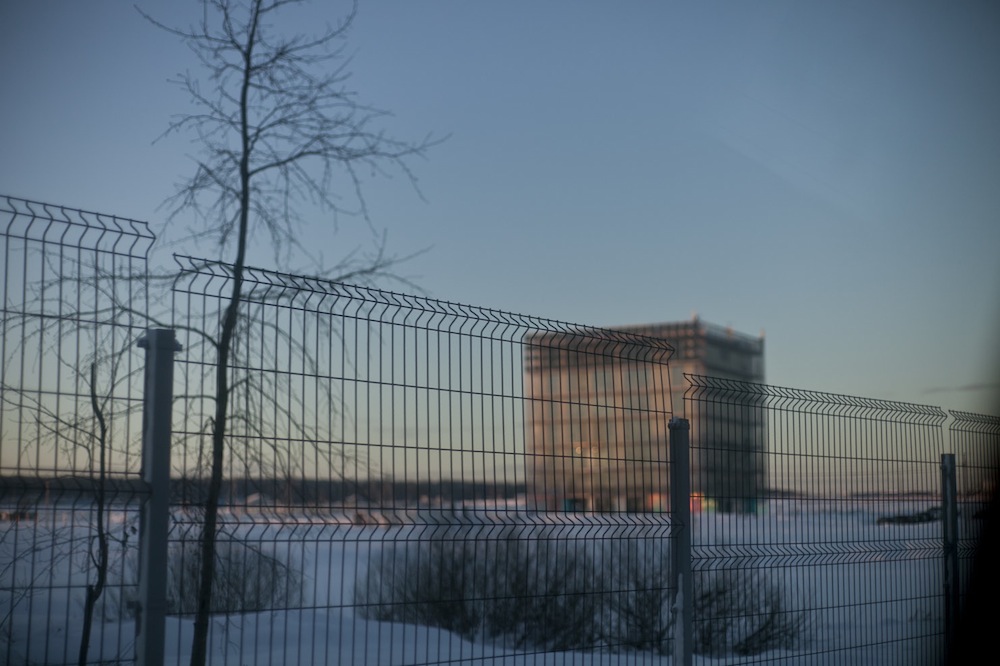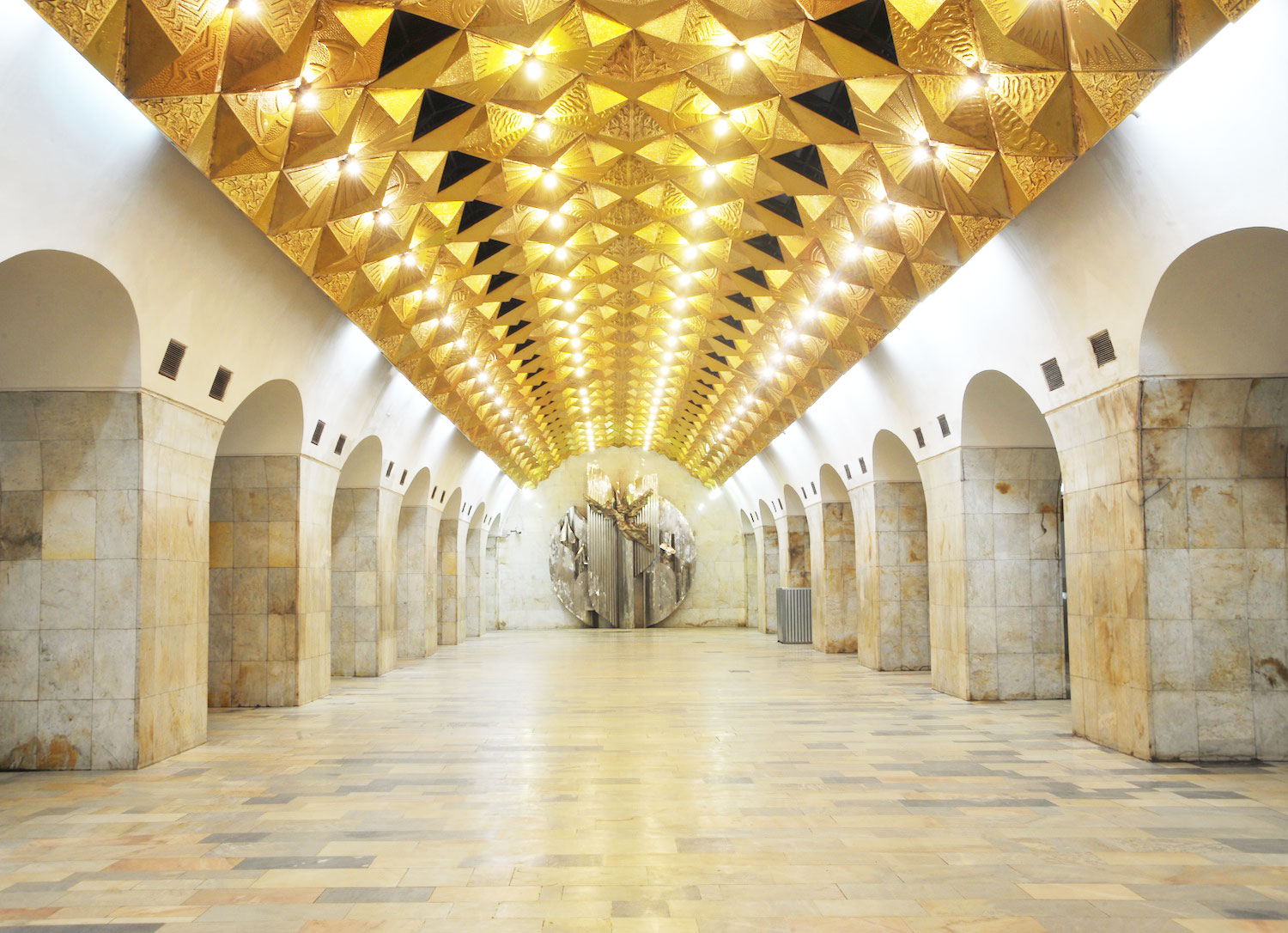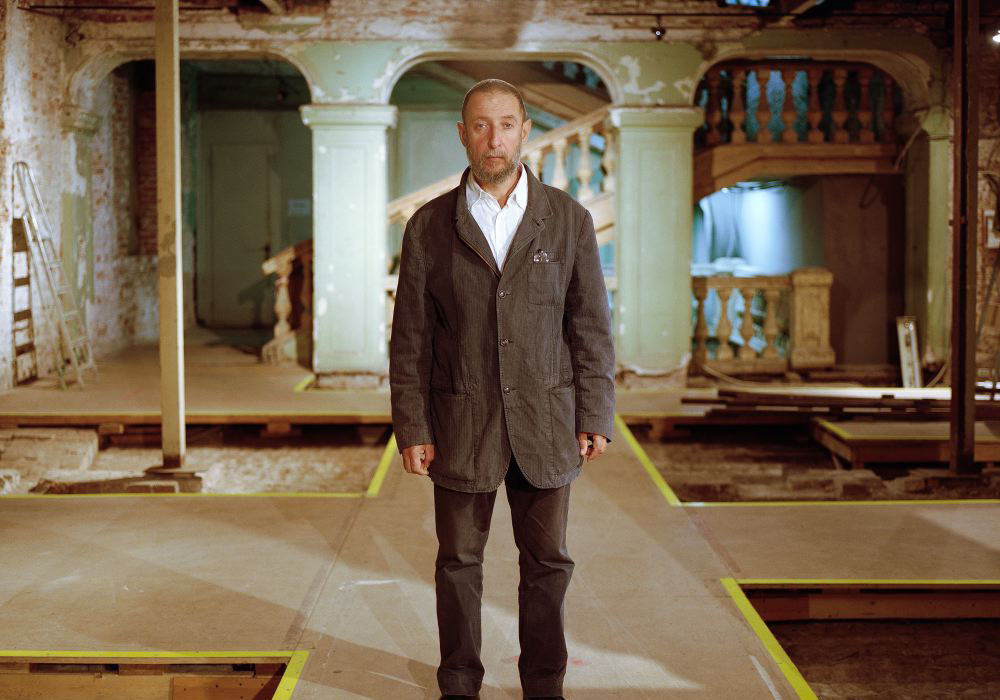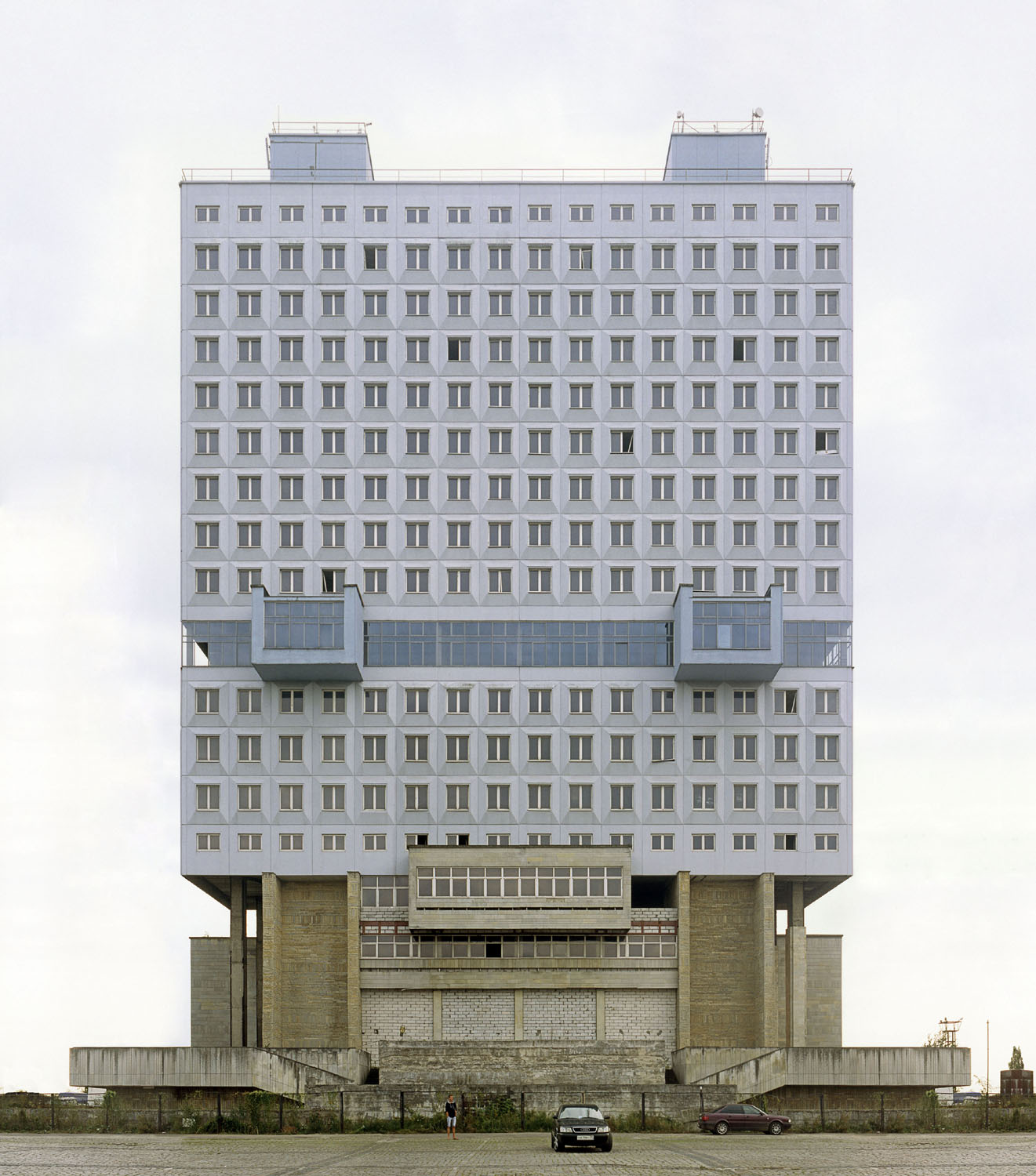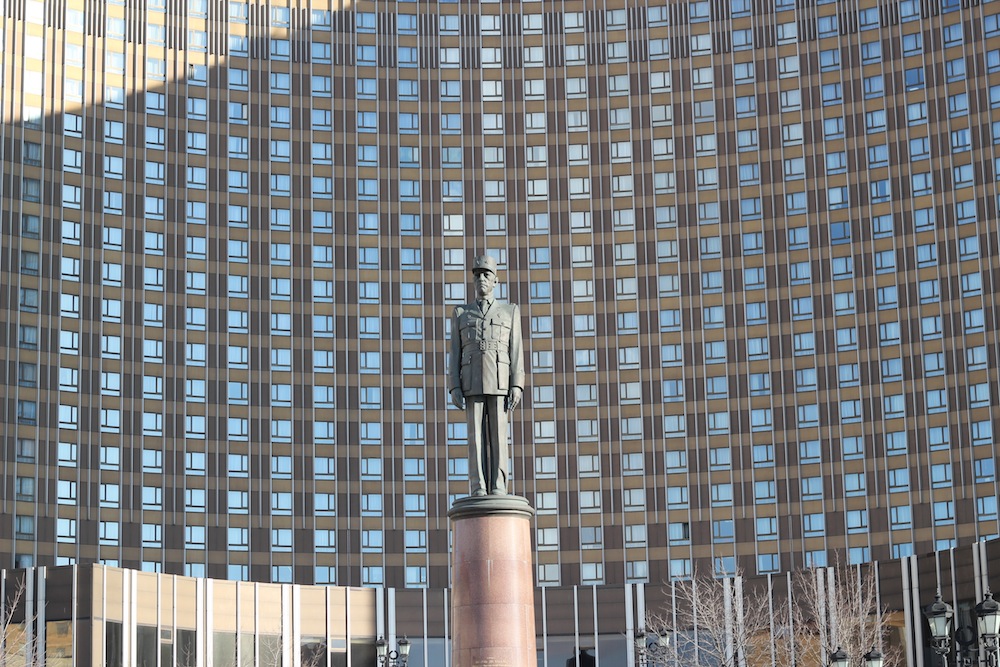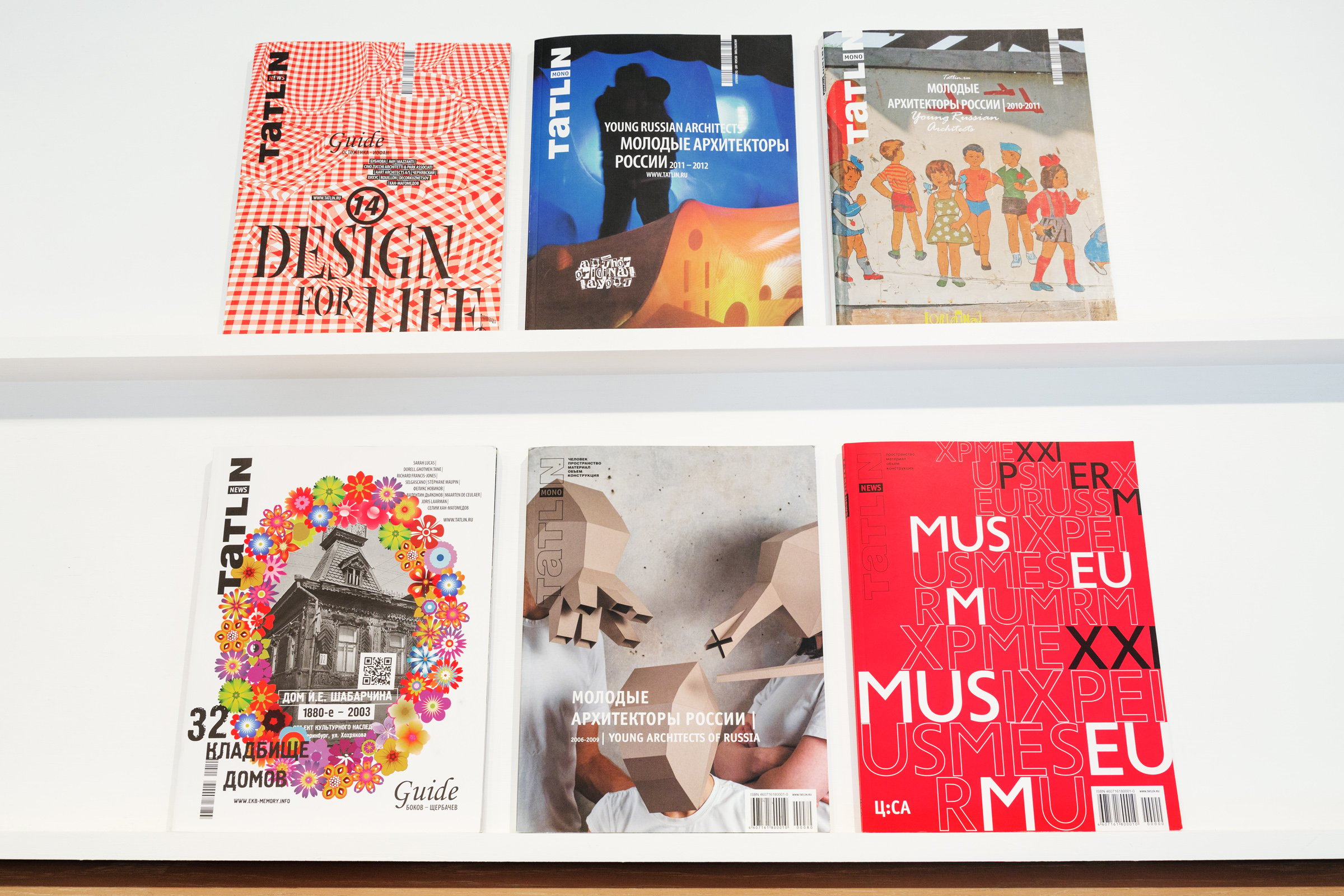Intelligent design: the interactive architecture of Boris Bernaskoni
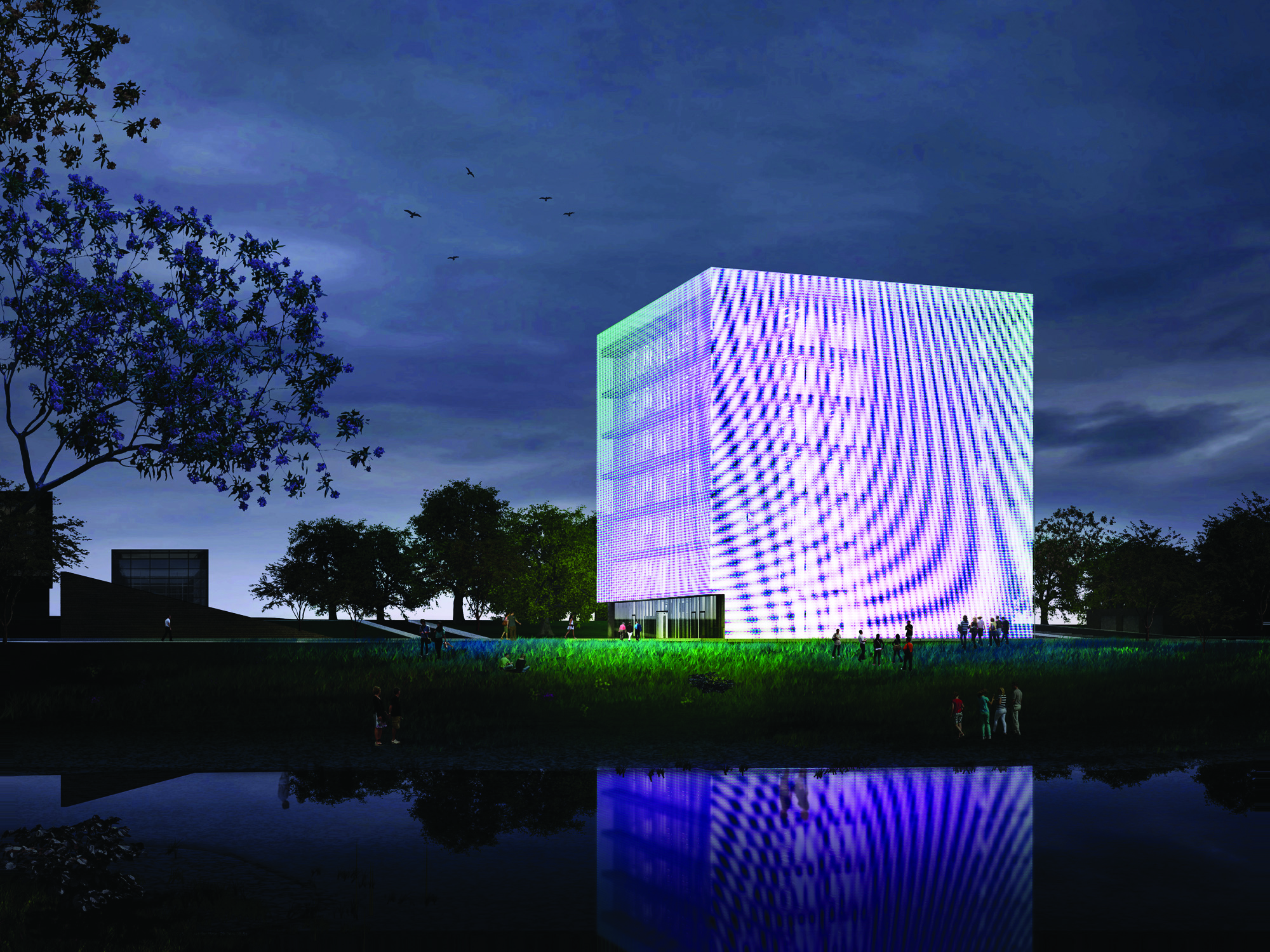
Russia's most in-demand architect believes that buildings should have a voice
Boris Bernaskoni, Moscow’s most talented and provocative young architect, is no stranger to controversy. At the 2011 Venice Biennale, he used his space in the Russian pavilion to campaign against a controversial redevelopment plans by Norman Foster for Moscow’s Central House of the Artist building. He produced a manifesto and a series of posters featuring the British architect’s face floating, next to a banana, above the Moscow skyline.
During the construction of his recently completed Hypercube building — the centrepiece of Skolkovo, Russia’s Silicon Valley — Bernaskoni wrote an open letter to the project team when work was bogged down in bureaucracy. He made the case for an uncompromising design aesthetic for the building and signed off with a warning: “If you are against this or have any doubts, get out of the way.”
“There should be a sort of manual, like in a car, about how to use a building. I’d give people licences if I could”
Even with the building now completed, Bernaskoni visits Hypercube every Tuesday to ensure it is maintained to his standards. He is just over six foot tall, dressed all in black with a shaved head and is of slender build. When he walks he takes long and confident strides as if he’s measuring the space he’s in. I meet him at Hypercube where he’s busy giving orders for the green vases that have appeared since his last visit to be removed. He makes no attempt to cover up or tone down his desire for perfectionism. “It’s an illusion to think that you can hand a building over to people and they will use it correctly,” he says. “There should be a sort of manual, like in a car, about how to use a building. I’d give people licences if I could.”
Bernaskoni’s self-confidence is not without basis. Hypercube is his signature project and it eloquently encapsulates his vision and showcases his commitment to innovation. With the exception of electricity, the building is self-sufficient, making use of natural light and heat sources. It also uses ground-breaking technology to connect to the outside world: the building’s chameleon-like exoskeleton transforms into a screen to transmit messages and images. This feature chimes with one of Bernaskoni’s many ambitious, but as yet unrealised projects: his vision for a giant screen on Moscow city parliament that imparts information about the building’s inner activities to passers-by. For Bernaskoni, interaction between a structure and its user is a two-way street. “Today, architecture is interactive and this idea of buildings being able to adapt to their surroundings must be incorporated into their design,” he’s previously stated. “Architecture should be able to respond to its environs and the mood of its inhabitants.”
Bernaskoni is only 35 but is already held in esteem in architectural circles in Russia and abroad. After graduating from Moscow’s Architectural Institute in 2000, he set up his own architectural practice instead of joining an established firm. High-profile commissions from companies such as global advertising network BBDO followed. His oeuvre to date is difficult to define; the projects he works on are varied and inhabit the space between architecture, visual art and design. Over the past decade he has built Arch, a triumphal arch, viewing platform and bar in one for the Archstoyanie festival in Russia’s Kaluga region; a wooden dacha on the upper reaches of the Volga River complete with modern touches such as floor-to-ceiling glass sliding doors; and he has fitted out restaurants such as Paparazzi, a sleek pizzeria in Yekaterinburg.
“Architecture should be able to respond to its environs and the mood of its inhabitants”
Just as captivating are his unrealised designs. Among his many sketches is one for the Matrex, a matryoshka doll-shaped building that “can be built in any place, have any size and functionality”. Another is for an energy-efficient designer villa with an exterior composed entirely of mirror pixels that reflect the sky and forest; the result is a pad that both blends in and stands out. Perhaps his most well-known concept is for a mobile president’s cabinet office. The design allows the mobile office to be integrated into any environment and comes with in-built utility and security systems as well as interactive informational panels. “From time to time I just want to do stuff for myself,” explains Bernaskoni. “Architecture is not just work, it’s a way of life. On a more practical level, the design could prove useful for the president because he moves around the country a lot. So why not use a mobile office for his daily needs?”
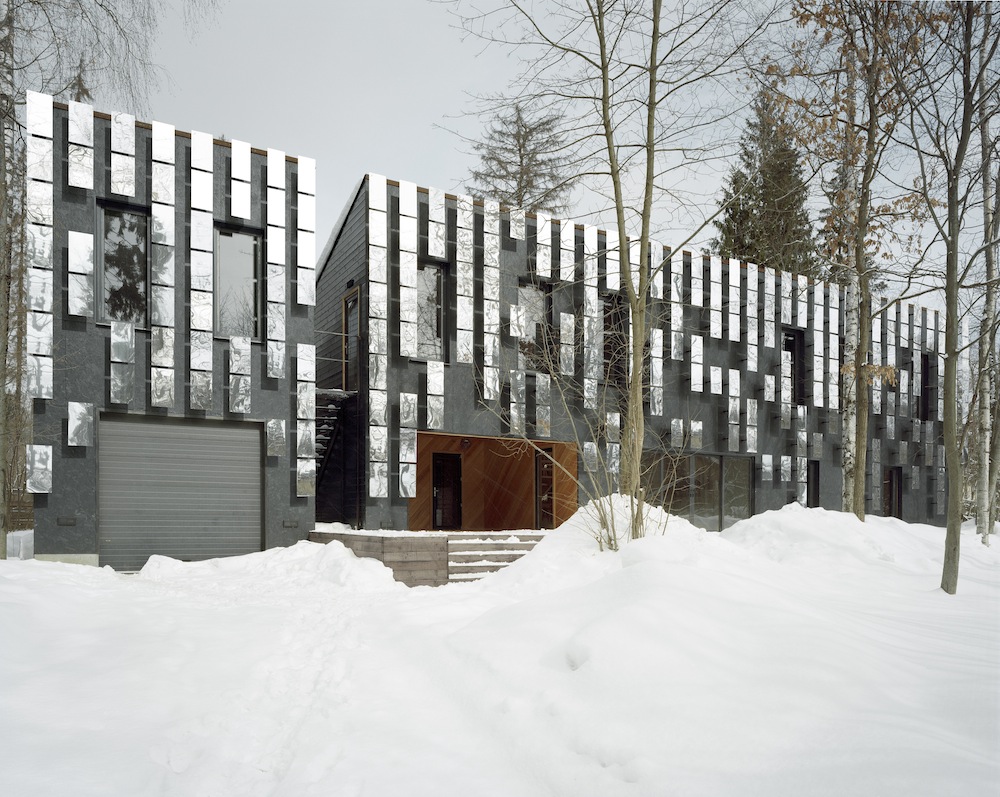
Villa Mirror Mongayt (2009-10)
For those working in the architecture or construction industries, Russia is a notoriously difficult country to navigate. The 2014 Sochi Olympics serves as a good example. Not only have costs quintupled to $50bn, making it the most expensive Olympics ever, but construction is way behind schedule. Bernaskoni is all too familiar with the country’s behind-the-scenes power plays and convoluted bureaucratic structures. In 2007, he beat Zaha Hadid to win a major international competition to construct an art museum in the Perm region. By 2012, the commission had been passed to Swiss architect Peter Zumthor, a member of the jury who had selected Bernaskoni’s design. “It’s a question of his personal reputation so I’m not angry at all,” says Bernaskoni. “I’ve sent him a friendly hello after he started working on his own project.”
Reflecting on the state of architecture today, Bernaskoni laments the fact that the discipline has, in his mind, become infected with popularism. “There are way too many websites and magazines about architecture. It’s seen as just another pleasant thing to absorb,” he says. For this reason, Hypercube, which is defined as much by its functional and social purpose as by its design, is an example of “good” architecture. “As an architect you should be able to find solutions to pressing social problems,” he says. “I believe that if you are genuinely interested in contributing to society, your architecture will be much more communicative and interactive. On a personal level I believe that modern Russia is simply too young as a new civilisation. It will take another 200 to 300 years to turn itself into a mature society.”
